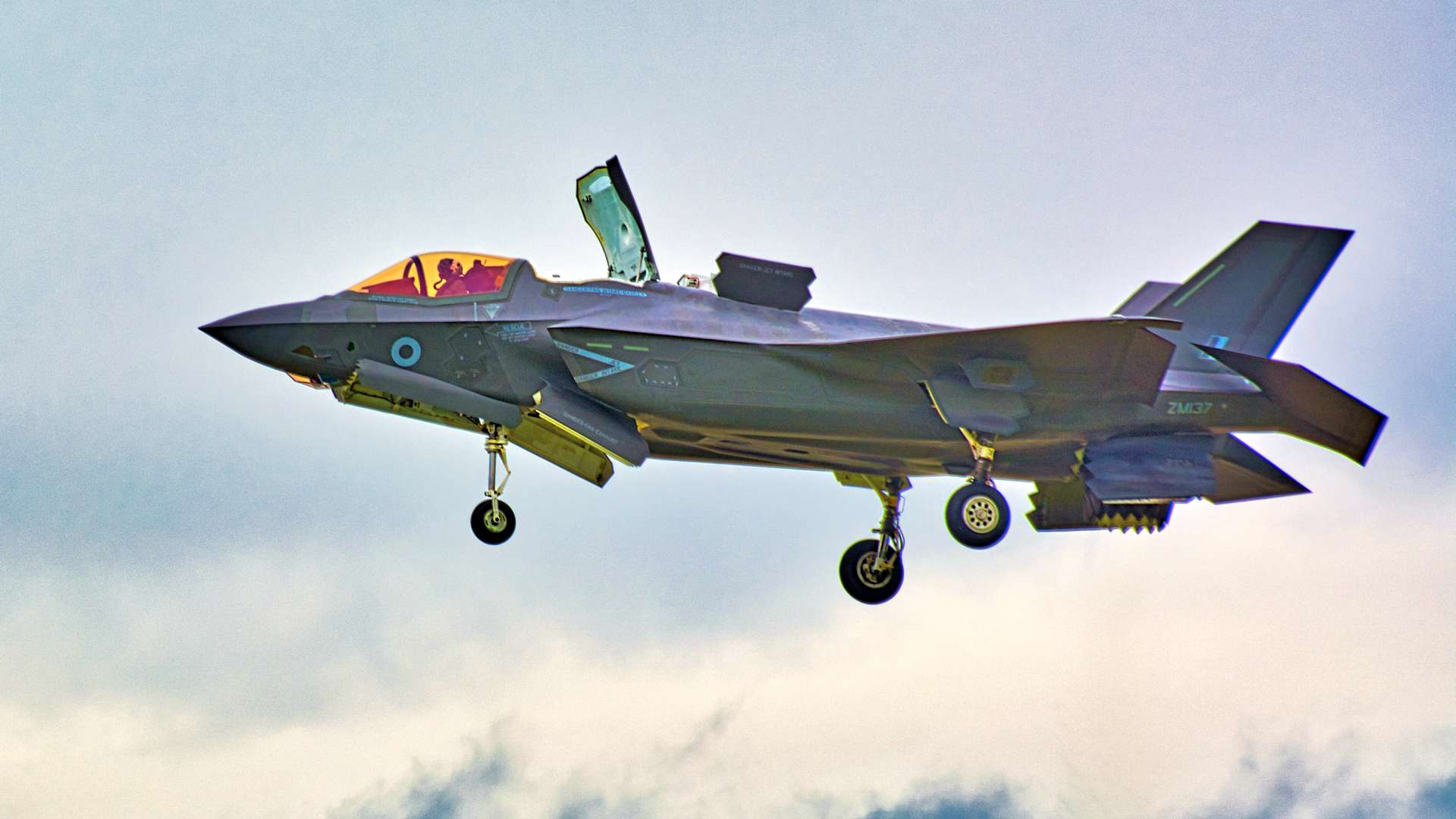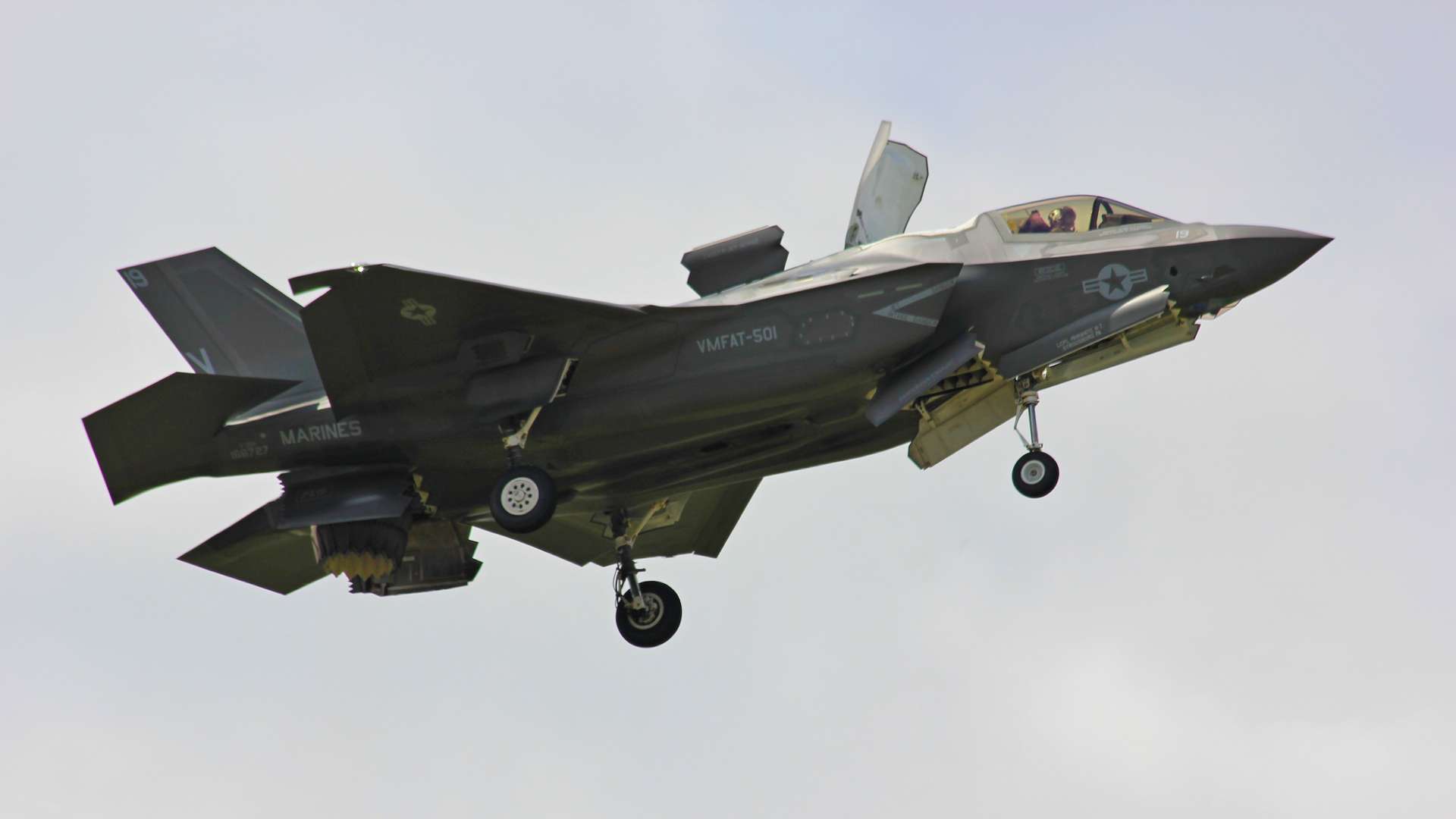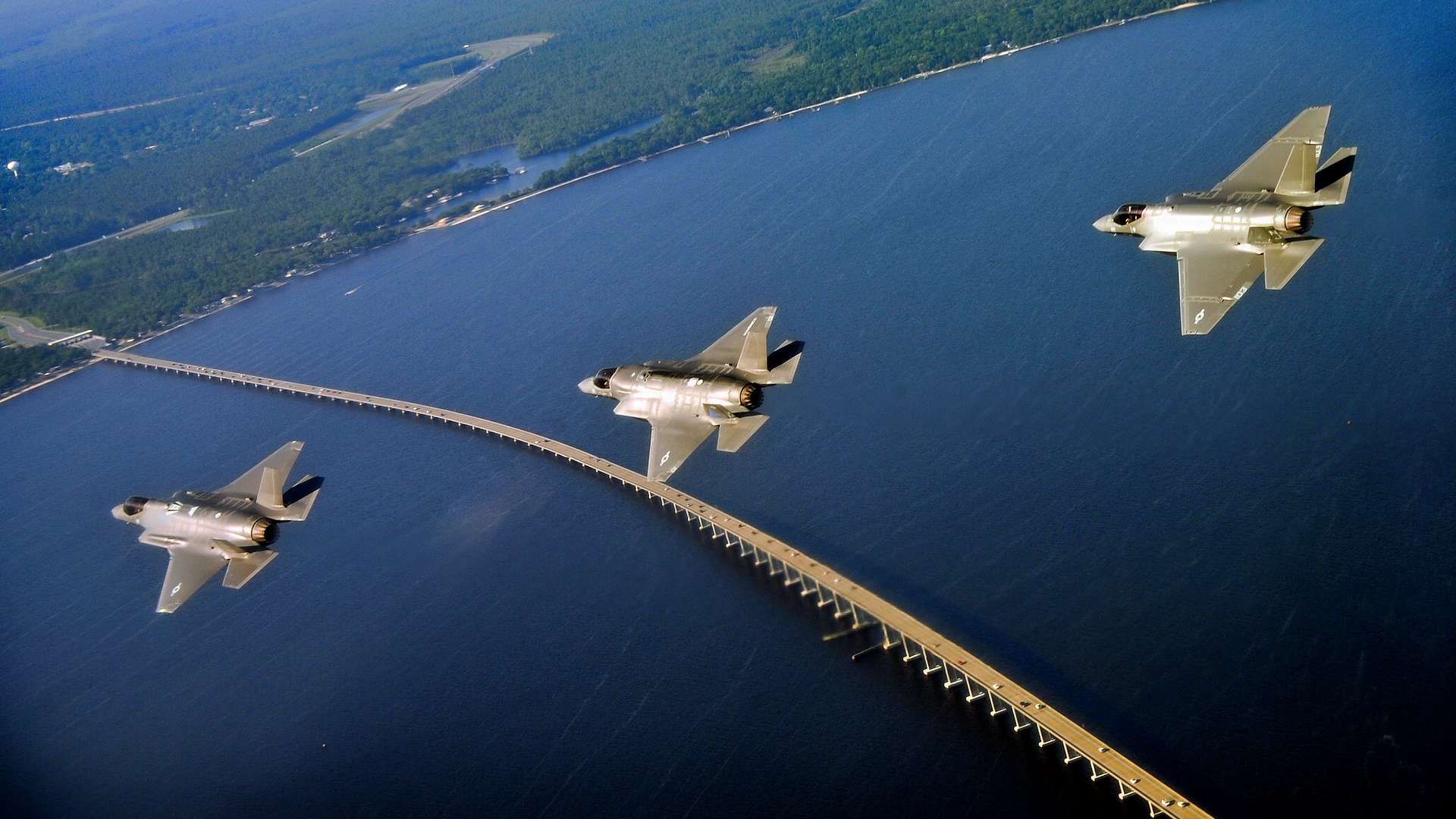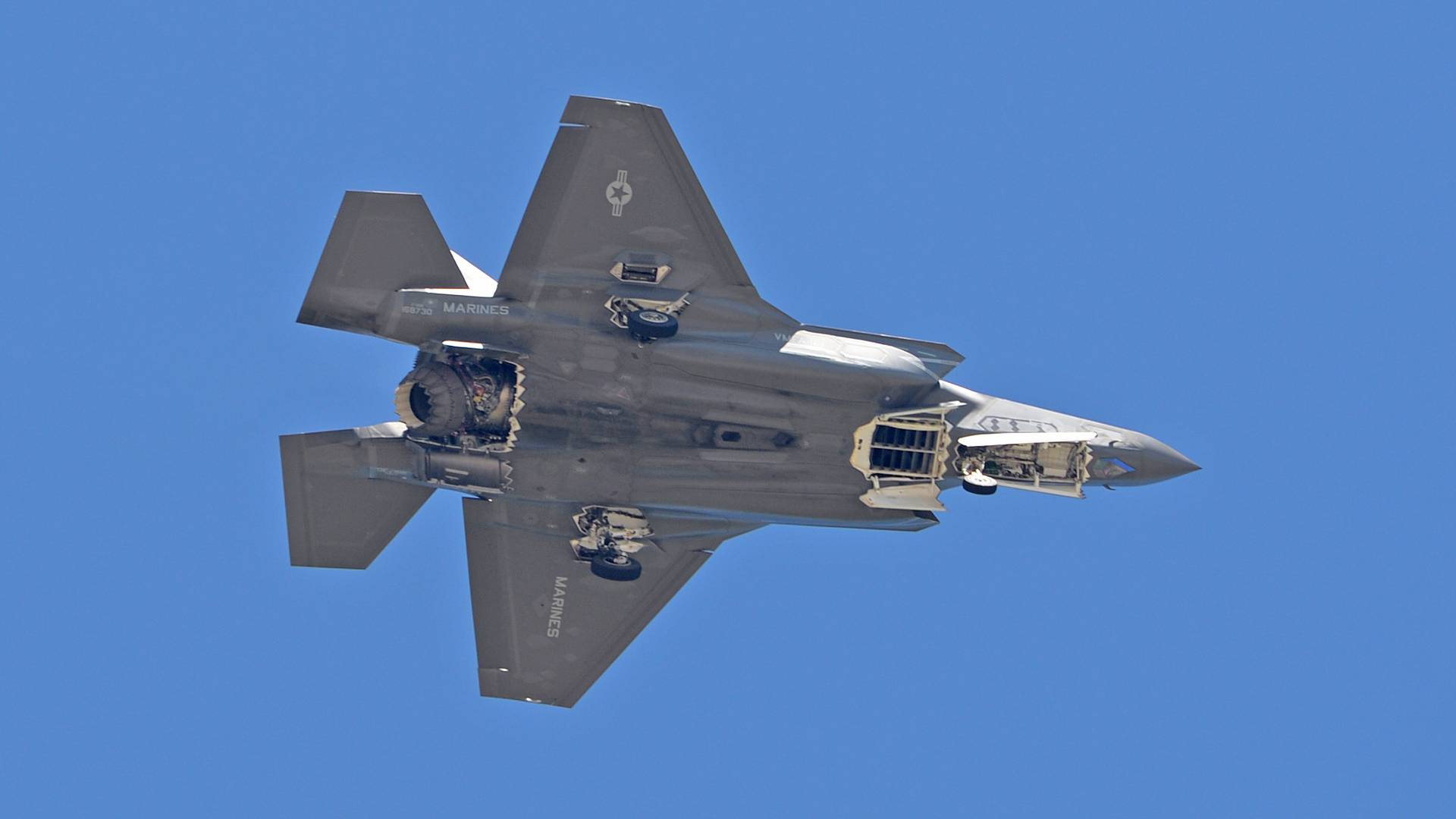A pilot is reportedly safe after ejecting from a military F-35 fighter jet over South Carolina – but that aircraft is now missing! How?

The F-35 is a cutting-edge fifth-generation fighter design, with much of the technology that makes it stealthy being a closely guarded secret. So, on the few occasions when F-35 fighters went missing (typically at sea), those involved quickly made efforts to recover them. Even from very deep waters.
But it’s much more unusual for an aircraft to go missing after a mishap that happens over land. And yet that seems to be what happened on Sunday, the 17th of September this year. The mishap involved a Lockheed F-35B, the short take-off and vertical landing (STOVL) variant of the F-35.

At this time the authorities have not published any information about the pilot of the missing F-35. So, we don’t know if this was a military pilot or a Lockheed test pilot. It appears that this was one of two aircraft in a formation, which departed from Joint Base Charleston in South Carolina.
A representative from this base announced on social media that the pilot ejected safely and is in stable condition. In the same announcement, we learn that the authorities haven’t yet found where the aircraft ended up after the ejection.

Marine F-35 – Missing Where?
Joint Base Charleston is asking anyone with information on the fate of the missing F-35, to call the Base Defense Operations Center (at 843-963-3600). The aircraft could have ended up in one of two lakes, Moultrie and Marion, north of North Charleston. But this F-35B could have traveled further away.

According to The Drive, the missing F-35 was on autopilot before the ejection. There is no information on the circumstances of the ejection itself. But there is some precedent of military aircraft “stubbornly” flying on after their pilots eject from them.
There have been cases of pilots ejecting without wishing to do so. Or the aircraft could go out of control, causing the pilot to eject, and later recover. In rare cases, the ejection itself could cause an airplane to get out of a spin and in stable flight, either because of the forces of the ejection itself or because of the change in the plane’s center of gravity.

Obviously, with no knowledge of the whereabouts of the missing F-35, we don’t know if it caused any injuries on the ground. The F-35B has less range than other F-35 variants, because of the room taken by its vertical fan.
But the fighter could still have flown a considerable distance, without its pilot. It’s a stealthy fighter, which could make it harder to track. Although presumably, it’s somewhat less stealthy when part of its cockpit canopy is missing…
Update: Debris Field Found
Military authorities found the crash site of the missing F-35. It appears that the aircraft continued flying for some time after its pilot’s ejection, confirming earlier statements. But the crash site wasn’t close to Lake Moultrie or Lake Marion.

The aircraft went down further north, in Florence County, close to the border with Williamsburg County. This is approximately 70 miles north of North Charleston, in South Carolina, and an estimated 40+ miles from the ejection site, according to local media. Before the aircraft’s discovery, several other military aircraft could be seen online, searching a wide area north and northeast of the lakes.
In a parallel development, the leadership of the U.S. Marines ordered a two-day stand-down in all aviation operations, to “discuss aviation safety matters and best practices“. This is not unusual, after such mishaps.




2 comments
Igor Griffiths
Normal protocol for an ejecting pilot is to ensure the abandoned aircraft is directed to crash away from populated areas. Will be interesting to learn the circumstances around why a pilot abandoned an aircraft which was capable of flying so far on its own
Charlie MIchaels
Did Trevor Jacob join the military?